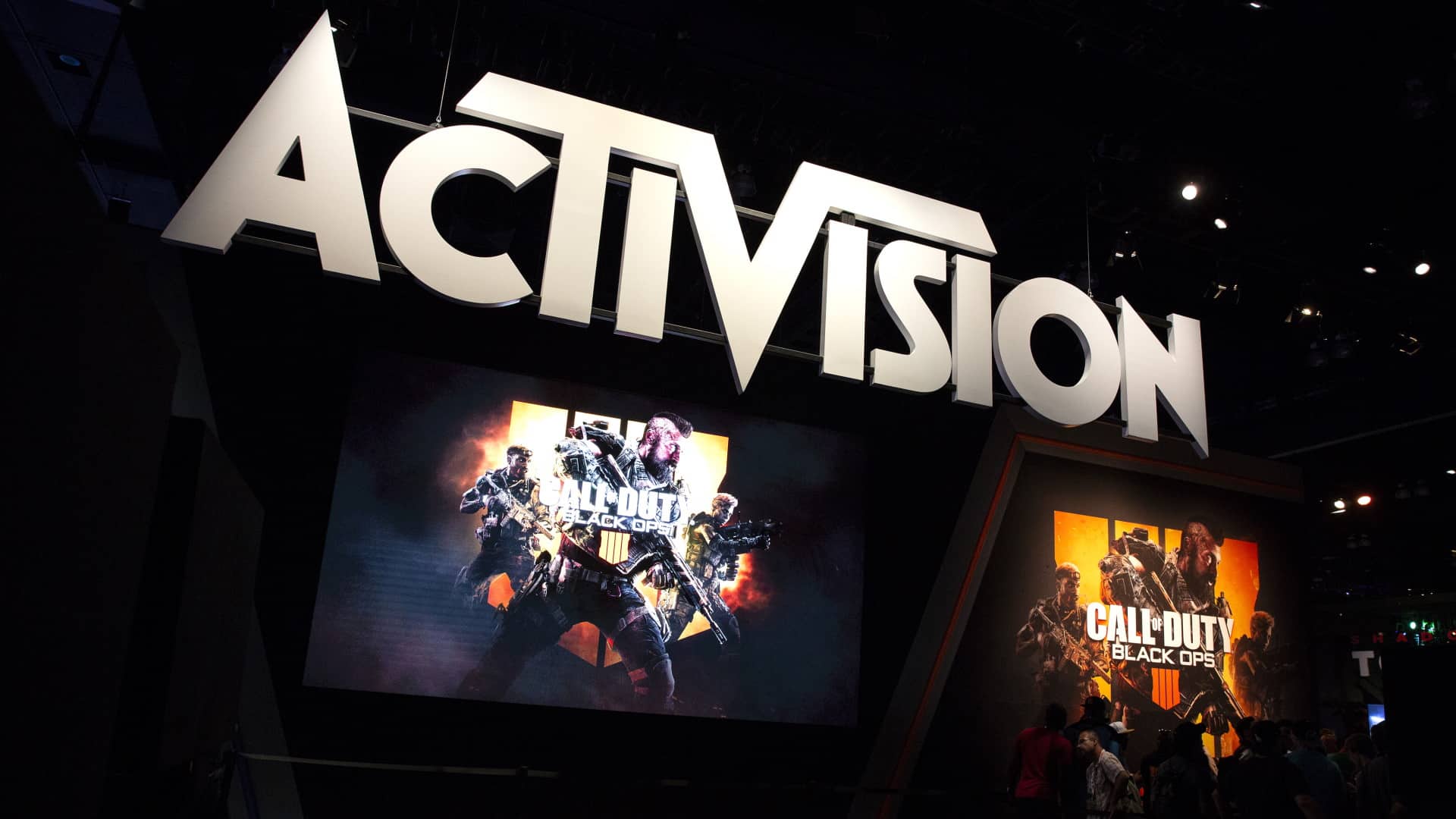
Will Ebeler is a student at Harvard Law School.
In this weekend’s news and commentary, California’s healthcare workers will have a $25 minimum wage; Microsoft’s purchase of Activision Blizzard nears completion and could lead to unionization; a report highlights recent organizing efforts at abortion services providers; and NLRB releases data on the past year’s ULP charges and election petitions.
On Friday, California’s governor Gavin Newsom signed a bill that will increase the minimum wage for most healthcare workers to $25 per hour by 2026. Advocates for the bill had described it as a necessary measure to help address the state’s healthcare worker shortage. The bill was contentious in California’s legislature. Many Democrats worried that rural community hospitals facing a significantly higher minimum wage would either collapse or pass on higher costs to patients. Lawmakers compromised by implementing a staggered rollout period. Large hospitals will be required to pay $23 per hour starting next year and $25 by 2026, while small rural providers and providers serving high rates of Medicare and Medi-Cal patients will start at $18 per hour and will reach $25 in 2033. Other compromises in the bill included a provision blocking cities and counties from raising wages locally, and a provision blocking attempts to cap hospital executive pay.
Next, on Friday Microsoft acquired the video game production company Activision Blizzard. Microsoft’s $69-billion purchase was announced more than a year ago but had received significant scrutiny from antitrust regulators in the European Union, United Kingdom, and United States. The deal could have significant implications for unionization at Activision. Last year, after Microsoft announced the merger, the CWA and Microsoft entered into a labor neutrality agreement: the CWA supported the merger and Microsoft committed to take a neutral approach to unionization at Activision if the merger went through. The neutrality provision will go into effect 60 days after the company’s purchase closes. According to the CWA, covered employees will be able to communicate with each other and with union representatives “in a way that encourages information sharing and avoids business disruptions.” Activision workers have engaged in high-profile protests in the past several years to highlight discrimination, sexual harassment, and pay inequity.
As Bloomberg News reports, at least eight reproductive health-care groups have organized since last year’s Supreme Court decision in Dobbs. Data collected by Bloomberg suggests that there has been an increase in organizing at these providers since the Court announced Dobbs. For example, of the twelve Planned Parenthood locations that are unionized, four voted to do so since Dobbs, including one in California with nearly 300 employees. Bloomberg suggested some possible explanations for an increase in organizing. First, many of the newly organized providers are in states have seen influxes of patients coming from states with abortion restrictions. The number of abortions provided in California in the first half of this year had increased 17% compared to the same period in 2020. One worker suggested that clinic workers are feeling overworked and the increased demands may have encouraged them to organize. Second, the healthcare industry has been a source of significant labor activity in the past year. Workers across the health care industry have struggled with staffing shortages, overwork, and low pay. According to one clinician at a Planned Parenthood location, these challenges exist in the reproductive services industry as well, and “working in abortion care and reproductive and sexual health care there are unique stressors as well.”
Finally, the NLRB released data about the past year that provides more evidence of increasing union activity. Bloomberg News analyzed the Board’s reported case data and reports that over 20,000 unfair labor practice charges were filed with the Board in the past year, a 10% jump from the previous year and the highest number of cases since 2016. Workers filed nearly 2,600 union representation petitions, the highest number since 2015. However, with its static staffing level, the Board has been unable to keep pace with the rise in incoming cases. Board Chair Lauren McFerran said that “additional resources are necessary to enable the board to expand staffing capacity and continue processing cases more efficiently.”






Daily News & Commentary
Start your day with our roundup of the latest labor developments. See all
July 11
Regional director orders election without Board quorum; 9th Circuit pauses injunction on Executive Order; Driverless car legislation in Massachusetts
July 10
Wisconsin Supreme Court holds UW Health nurses are not covered by Wisconsin’s Labor Peace Act; a district judge denies the request to stay an injunction pending appeal; the NFLPA appeals an arbitration decision.
July 9
the Supreme Court allows Trump to proceed with mass firings; Secretary of Agriculture suggests Medicaid recipients replace deported migrant farmworkers; DHS ends TPS for Nicaragua and Honduras
July 8
In today’s news and commentary, Apple wins at the Fifth Circuit against the NLRB, Florida enacts a noncompete-friendly law, and complications with the No Tax on Tips in the Big Beautiful Bill. Apple won an appeal overturning a National Labor Relations Board (NLRB) decision that the company violated labor law by coercively questioning an employee […]
July 7
LA economy deals with fallout from ICE raids; a new appeal challenges the NCAA antitrust settlement; and the EPA places dissenting employees on leave.
July 6
Municipal workers in Philadelphia continue to strike; Zohran Mamdani collects union endorsements; UFCW grocery workers in California and Colorado reach tentative agreements.